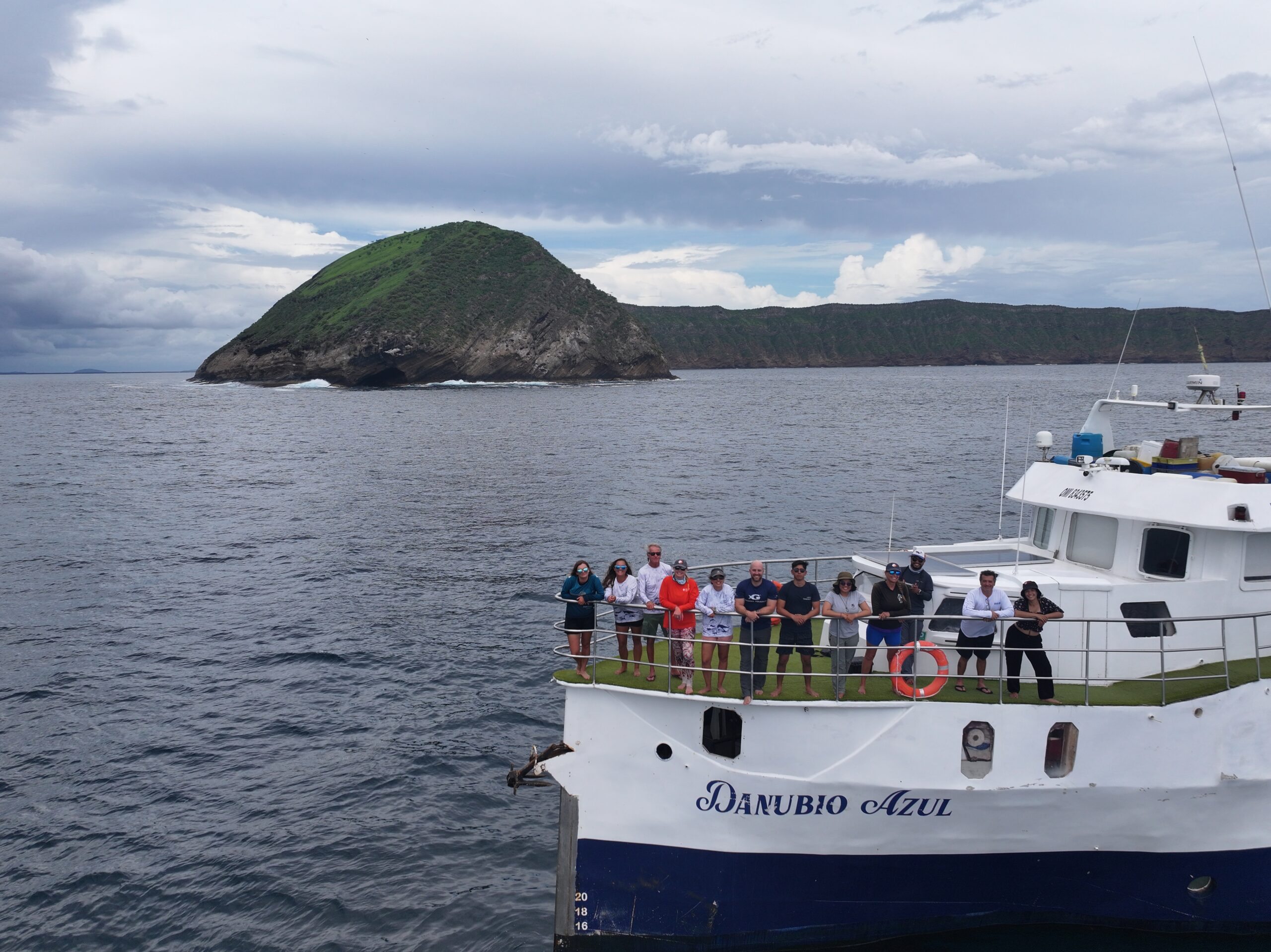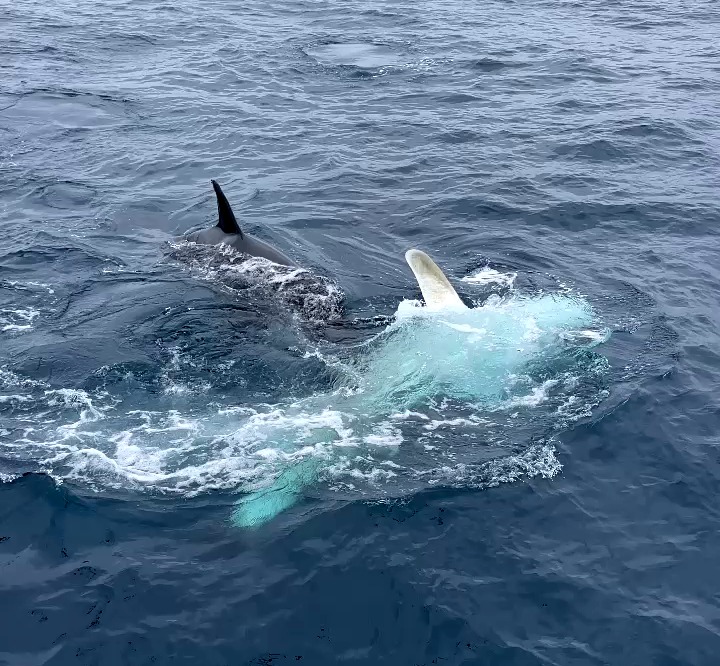El objetivo principal de este trabajo, realizado en coordinación con la Dirección del Parque Nacional Galápagos (DPNG), fue reportar por primera vez la presencia de Mycoplasma spp. en lobos marinos de Galápagos.
Esta investigación inició en el año 2018 en Santa Cruz durante la temporada de reproducción de lobos marinos de Galápagos. En Galápagos esta especie convive de manera muy cercana con animales domésticos como perros y gatos.
Sarzosa, investigadora y veterinaria de fauna silvestre, comenta que se pudo evidenciar que varios lobos marinos presentaban secreción nasal, dificultad respiratoria y se encontraban en malas condiciones corporales, lo cual despertó la necesidad de indagar un poco más para determinar las causas de esta sintomatología.
Para ello, con la colaboración de personal de la DPNG y del Galapagos Science Center (GSC), se capturaron dieciocho lobos marinos a los cuales se les realizó extracción de sangre para serología y secreción nasal para cultivo y PCR.

Posteriormente, Sarzosa y el equipo de investigadores analizaron las muestras en busca de 15 patógenos respiratorios que generalmente afectan a perros, gatos y también a lobos marinos.
Mycoplasma spp. fue el único patógeno identificado. Esta es una bacteria que ha sido reportada como comensal en el tracto respiratorio de otros Otáridos ( familia de mamíferos pinnípedos) y que además ha sido reportado como un agente contaminante y exacerbante de infecciones respiratorias.Según Sarzosa “identificar Mycoplasma spp. en los lobos marinos de Galápagos permite a nivel local aumentar la línea base de patógenos presentes en esta especie, y genera una mayor curiosidad científica en cuanto al rol de estas bacterias en los lobos marinos de Galápagos” lo cual será de mucha importancia para futuras investigaciones.
Este trabajo, liderado por investigadores del Galapagos Science Center pone en evidencia la necesidad de promover y profundizar estudios para determinar diferentes factores que puedan afectar la vida de las especies que habitan en las islas Galápagos.
“Como veterinaria de fauna silvestre es siempre muy halagador el poder contribuir en el cuidado de la salud de los animales de Galápagos, ya que estamos ayudando a la conservación de especies únicas en el mundo” expresó Sarzosa refiriéndose a su participación en este trabajo de investigación.






